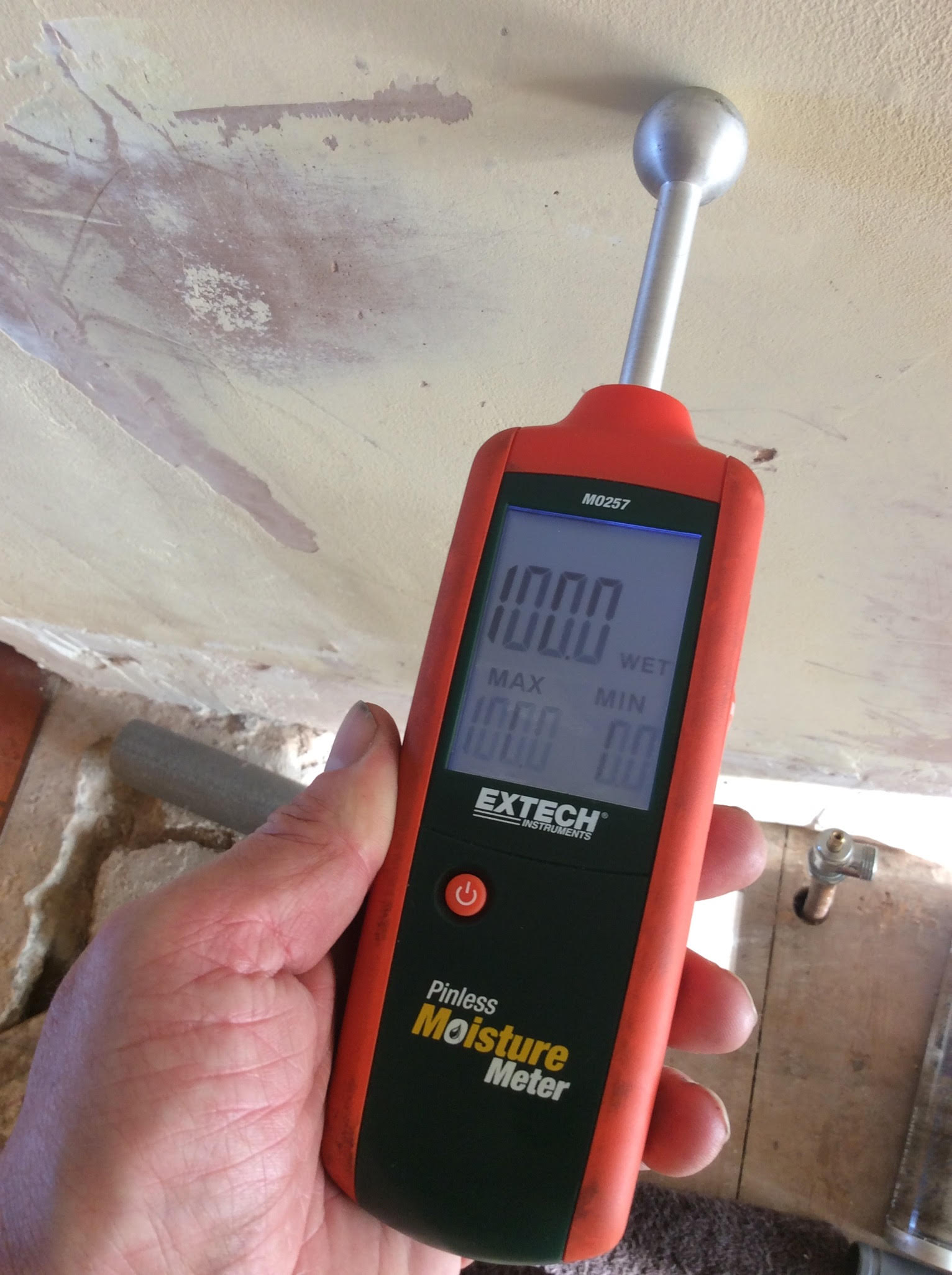Professional Water Leak Detection Services: Secure Your Home from Pricey Damages
Professional Water Leak Detection Services: Secure Your Home from Pricey Damages
Blog Article
Cutting-edge Solutions for Early Detection of Water Leakages in Structures and Infrastructure
From sophisticated leakage detection innovations to the release of IoT sensors for real-time monitoring, the landscape of leakage prevention is advancing swiftly. Automated water circulation evaluation systems are reshaping just how leakages are identified and dealt with, paving the means for a positive method to water leak detection.
Advanced Leakage Discovery Technologies
Advanced leakage detection modern technologies, geared up with cutting-edge sensing units and algorithms, play an essential role in promptly identifying and identifying water leakages in various settings. Electro-magnetic sensors can recognize adjustments in electromagnetic fields triggered by water, using yet one more layer of leakage discovery capability.

IoT Sensors for Real-Time Surveillance
In the world of modern water leakage discovery, the integration of IoT sensing units for real-time surveillance stands for a pivotal advancement in boosting positive leak detection capabilities. These sensing units use constant surveillance of water supply, providing real-time information on water circulation prices, stress variants, and temperature level adjustments. By leveraging IoT technology, these sensors can find also the tiniest abnormalities in water use patterns, making it possible for early identification of prospective leakages before they rise into significant issues.
IoT sensing units transfer information to a centralized system, where advanced algorithms assess the details and generate signals or notices when abnormalities are identified. This real-time monitoring ability enables home owners or facility managers to immediately resolve leakages, decreasing water damages, minimizing repair work costs, and conserving water resources.
Moreover, IoT sensors can be incorporated with structure monitoring systems, permitting computerized reactions to spotted leaks, such as closing off water shutoffs or turning on pumps to minimize the effect of leakages. Overall, the execution of IoT sensing units for real-time surveillance dramatically improves the performance and efficiency of water leakage detection in structures and facilities.
Artificial Intelligence Algorithms for Leak Forecast

One secret benefit of making use of equipment learning for leak forecast is its capacity to continually learn and improve its accuracy in time. As more click here for more information is collected and fed into the formula, it can refine its predictions and adapt to altering problems, inevitably raising the reliability of leakage detection systems.
Moreover, equipment knowing algorithms can assist in determining refined indications of leakages that may go unnoticed by conventional tracking methods. water leak detection. By assessing intricate information sets in real-time, these algorithms can offer early cautions and signals, enabling timely intervention and precautionary maintenance to minimize prospective water damage and linked expenses
Using Thermal Imaging for Leak Detection
Thermal imaging innovation uses an appealing method for identifying water leaks in numerous systems and frameworks. By using infrared radiation and temperature level differences, thermal imaging video cameras can identify surprise leaks that are not conveniently visible to the nude eye. When water leaves from pipes or structures, it often transforms the temperature level of the bordering area, producing temperature level differentials that thermal electronic cameras can catch. These temperature level irregularities are then translated right into noticeable photos, highlighting the precise area of the leak.
One of the key benefits of thermal imaging for leakage detection is Go Here its non-intrusive nature. Overall, the use of thermal imaging modern technology improves the efficiency and precision of water leakage detection, making it a valuable tool for maintaining the stability of buildings and facilities.
Automated Water Flow Analysis Solutions
How can automatic water circulation analysis systems revolutionize the discovery and administration of leaks in different systems and facilities? Automated water circulation evaluation systems use an aggressive method to leakage detection by continually monitoring water circulation prices and patterns. By developing standard information, these systems can promptly recognize variances that might show a leakage, making it possible for prompt treatment to avoid comprehensive damage.
These systems use sophisticated algorithms to analyze real-time information and give immediate my latest blog post informs when abnormalities are detected, permitting swift action to be taken. Furthermore, computerized water circulation evaluation systems can be incorporated with structure management systems or IoT systems, boosting overall efficiency and making it possible for remote monitoring capabilities.
Moreover, the information collected by these systems can be used for predictive upkeep purposes, aiding to recognize prospective weak points in the framework before leakages happen. In general, the execution of automated water circulation evaluation systems can substantially boost leakage detection and management techniques, ultimately leading to set you back financial savings, decreased water wastefulness, and boosted sustainability in structures and infrastructure.

Conclusion
Finally, the integration of innovative leakage discovery technologies, IoT sensing units, equipment knowing algorithms, thermal imaging, and automated water flow analysis systems uses cutting-edge services for very early discovery of water leaks in structures and framework. These technologies enable real-time tracking, prediction of leaks, and efficient detection techniques to avoid water damages and wastage. Carrying out these remedies can help in keeping the integrity and sustainability of water systems in various setups.
Report this page